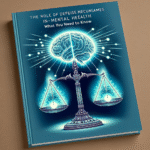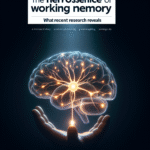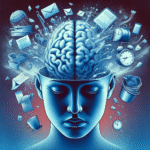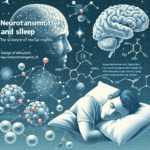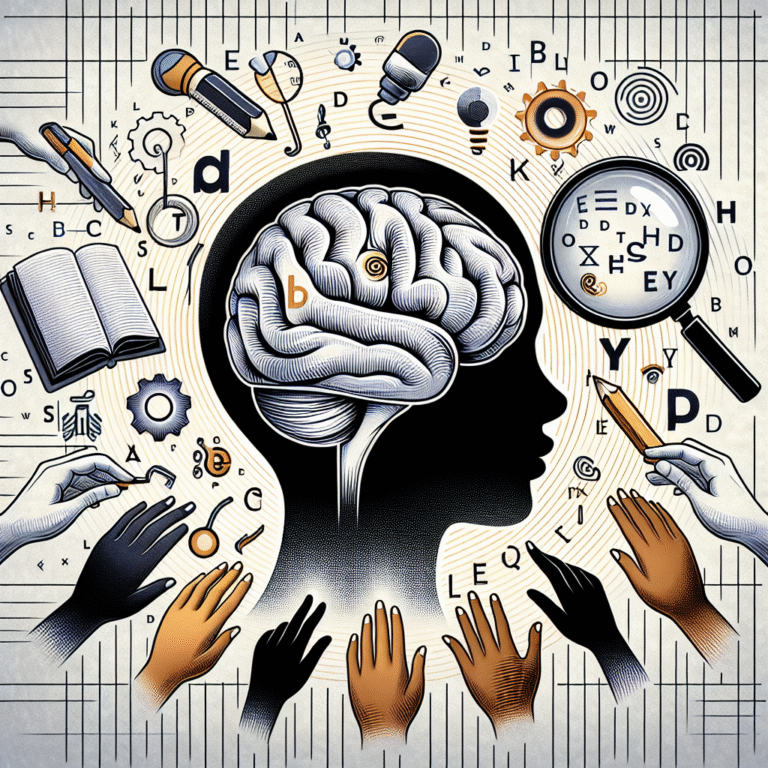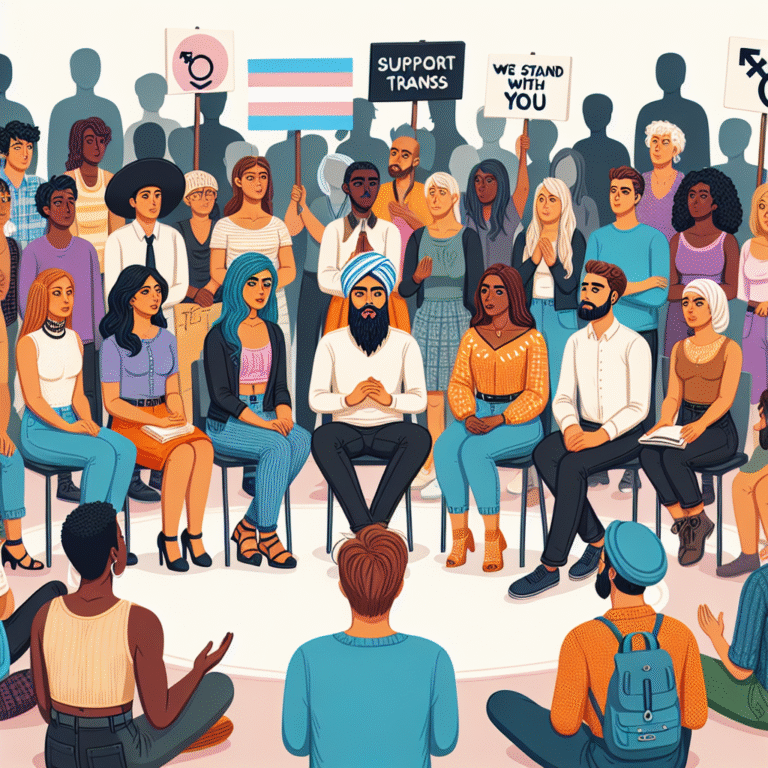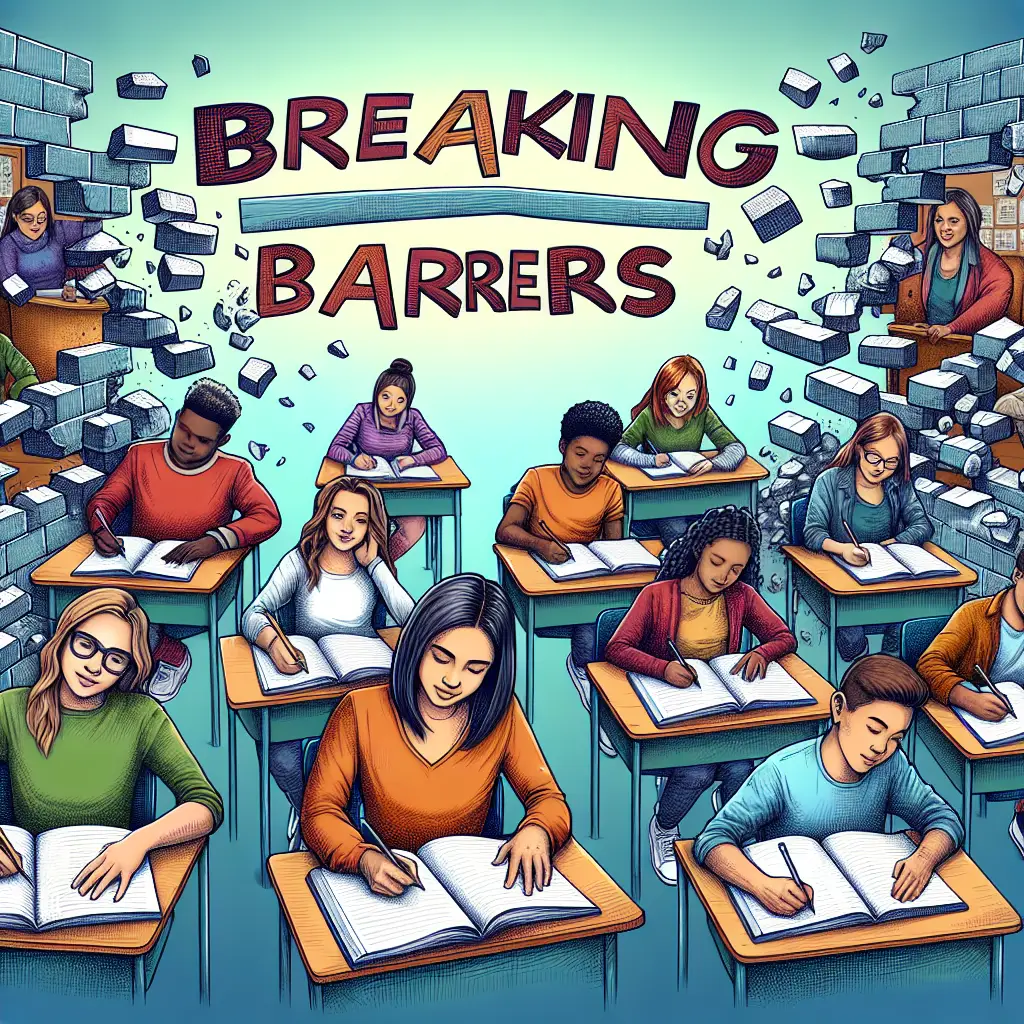
Breaking Barriers: Empowering Students with Learning Disabilities to Excel in Writing
Introduction
Writing is not just a skill; it’s a fundamental means of communication, self-expression, and academic success. However, for students with learning disabilities, writing often feels like a daunting mountain to climb. The challenges they face are compounded by misconceptions and a lack of tailored support in educational systems. But what if we could change that narrative? This article delves into the compelling theme of Breaking Barriers: Empowering Students with Learning Disabilities to Excel in Writing. It explores the transformative strategies, resources, and mindsets that can empower these students to not just write, but to flourish in their writing abilities.
Understanding Learning Disabilities
What Are Learning Disabilities?
Learning disabilities (LD) are a neurologically-based processing disorder that affect the acquisition of necessary academic skills, which often include reading, writing, and mathematics. Students with LD experience difficulties in a variety of areas, such as:
- Dyslexia: Challenges with reading, spelling, and writing.
- Dysgraphia: Impairments in the ability to write coherently and legibly.
- Dyscalculia: Issues with number-related concepts and mathematics.
Understanding these disabilities is crucial in tailoring supportive strategies that address their unique needs.
The Impact on Writing Skills
For many students with learning disabilities, writing poses challenges that extend beyond mere spelling errors or grammatical mistakes. Processing speed, memory, and fine motor skills can hinder their ability to express thoughts clearly and cohesively. According to the National Center for Learning Disabilities, roughly 1 in 5 students in the U.S. has a learning disability, highlighting the need for effective intervention strategies.
Breaking Through Communication Barriers
The Importance of Individualized Learning Plans
One proven method of Breaking Barriers: Empowering Students with Learning Disabilities to Excel in Writing is the creation of Individualized Learning Plans (ILPs). These plans are tailored to the specific needs of each student, identifying strengths and areas for growth. Through regular assessments and tailored strategies, educators can track progress and adapt approaches as necessary.
Case Study Example: Consider the case of John, a middle school student with dysgraphia. His ILP included utilizing technology like speech-to-text software, adjusting exam policies to reduce pressure, and providing handwriting support. As a result, John not only improved his writing skills but also gained confidence in his ability to express his ideas.
Multi-Sensory Approaches
Multi-sensory learning has proven effective in helping students with LD grasp complex concepts through multiple modalities. For writing, this could include activities such as:
- Visual Techniques: Using imagery and color coding to organize thoughts.
- Auditory Methods: Encouraging students to read aloud their written pieces or participate in storytelling sessions.
- Kinesthetic Activities: Engaging in physical activities that correspond to writing tasks, such as acting out stories or using manipulatives to structure sentences.
Implementing multi-sensory approaches can lead to remarkable results in student engagement and writing proficiency.
Technology as an Enabler
Assistive Writing Tools
Utilizing technology is one of the most effective ways to Break Barriers: Empowering Students with Learning Disabilities to Excel in Writing. Here are some assistive tools that can facilitate writing success:
| Tool | Function |
|---|---|
| Dragon NaturallySpeaking | Speech-to-text conversion |
| Grammarly | Grammar and style suggestions |
| Co:Writer | Word prediction and vocabulary support |
| StoryJumper | Creative writing through online story creation |
These tools not only make writing more accessible but also empower students to take ownership of their learning process.
Case Study Example: Sarah, a high school student with dyslexia, used Dragon NaturallySpeaking to complete her writing assignments. Initially intimidated by writing, she quickly found her voice and began producing high-quality papers, earning praise from her teachers.
Online Collaborative Writing Platforms
Online platforms like Google Docs allow for real-time collaboration, peer feedback, and teacher guidance. For students with learning disabilities, this provides a supportive environment to refine their writing skills.
Case Study Example: Group projects involving collaborative writing on platforms like Google Docs helped Maria, a student with attention difficulties, stay focused and receive immediate feedback. Her peers provided encouragement, and the shared accountability motivated her to enhance her contributions.
Building Confidence through Support
Fostering a Positive Writing Environment
An encouraging environment is essential for fostering confidence in writing skills. Teachers can consider the following practices:
- Celebrate Small Wins: Acknowledge improvements, no matter how small.
- Create a Writing Community: Encourage students to share their work in a safe, supportive space.
- Encourage Reflection: Guide students to reflect on their writing growth over time.
Case Study Example: In a writing workshop, students with LD shared their stories. Positive feedback from both peers and instructors significantly boosted their confidence, resulting in an increased willingness to participate in future writing tasks.
Mentorship Programs
Creating mentorship opportunities where students with LD can work one-on-one with mentors—be they instructors or older peers—provides tailored guidance. Mentors can offer advice, share strategies, and provide the emotional support that is essential to writing success.
Instructional Strategies for Success
Scaffolding Techniques
Scaffolding refers to the gradual process of providing support to help students build their skills. This can include breaking writing tasks into smaller, manageable steps, such as:
- Brainstorming ideas.
- Creating outlines.
- Drafting sections.
- Revising and editing.
By implementing scaffolding techniques, educators can help students focus on one aspect of writing at a time, significantly reducing anxiety.
Structured Writing Approaches
Teaching structured writing formats, such as the "hamburger model," can help students understand organizational principles, making it easier for them to express their ideas clearly.
Case Study Example: In a writing unit, a teacher introduced the hamburger model, which emphasizes a clear structure: introduction (top bun), body (meat), and conclusion (bottom bun). This visual representation resonated with Emma, a student with dyslexia, helping her to outline her essays effectively.
Parental and Community Involvement
Creating a Support System
Encouraging parental involvement in supporting students with writing disabilities can be incredibly beneficial. Schools can host workshops to educate parents on how they can assist their children with writing at home, providing them with techniques and tools that can reinforce classroom learning.
Case Study Example: A local school district organized workshops for parents on effective writing strategies for children with LD. Parents reported feeling more equipped to help their children, leading to noticeable improvements in the students’ writing skills.
Community Resources and Partnerships
Schools could partner with local writing centers, libraries, or community organizations to provide additional resources for students. Programs like after-school writing clubs or summer camps focused on writing can help nurture a love for writing while building necessary skills.
Conclusion
Breaking Barriers: Empowering Students with Learning Disabilities to Excel in Writing is a journey that requires a multifaceted approach. By implementing effective strategies, leveraging technology, and fostering a supportive environment, we can create pathways for these students to not only overcome their challenges but to thrive as confident writers. This empowerment extends beyond writing; it lays the foundation for lifelong success in communication and self-expression.
The keys to success are in our hands. Let’s be the champions that these students need, advocating for every opportunity and resource available. With commitment, understanding, and action, we can break barriers and unlock potential.
FAQs
1. What are some signs my child might have a learning disability?
Common signs include difficulty reading, writing, or completing assignments, persistent issues with spelling, and challenges expressing thoughts or ideas coherently.
2. How can I best support my child’s writing skills at home?
Involve them in writing activities like journaling, storytelling, or drafting letters. Provide a structured routine and encouragement without adding pressure.
3. Are there specific tools for students with dyslexia?
Yes, tools like audiobooks, graphic organizers, and speech-to-text software can significantly assist students with dyslexia in improving their writing capabilities.
4. How can teachers effectively engage students with learning disabilities in writing?
Implement multi-sensory teaching strategies, provide clear instructions, and create a supportive and non-judgmental classroom environment.
5. What role does confidence play in students with learning disabilities?
Confidence is crucial, as it directly influences a student’s willingness to participate in writing activities. Building confidence through positive reinforcement and a supportive environment can lead to improved performance.
By recognizing and addressing the diverse needs of students with learning disabilities, educators and communities can work together to Break Barriers: Empowering Students with Learning Disabilities to Excel in Writing, paving the way for a brighter future in writing and beyond.
